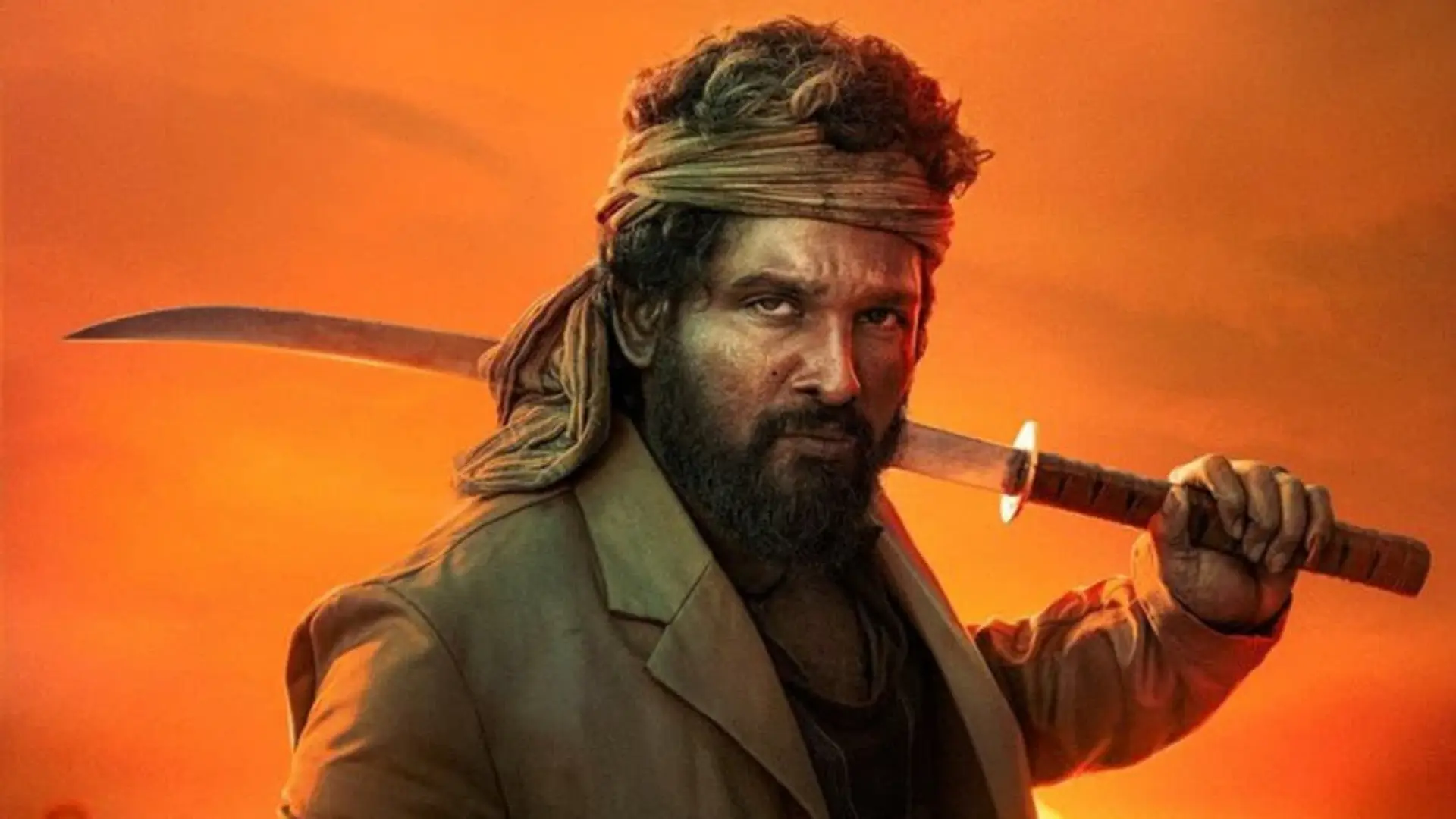Satyan Mishra, Nitin Gachhayat, and Shailesh Thakur, Founders, Drishtee
Tuesday December 07, 2010 , 6 min Read

Sociopreneurship India 2010 Showcase
Born from the passionate belief of its founders in the power of professional solutions Drishtee is a social venture that has proved its effectiveness. The business idea of creating an eco-system of micro-enterprises run by entrepreneurs with a specific focus on women has defined the way Drishtee works. To cap things off they also identify potential entrepreneurs in rural regions and train them with specific skill sets.
Drishtee has facilitated and supported a network of over 14,000 rural enterprises that serve the critical needs of those living at the base of the pyramid in rural areas. Created by the entrepreneurial minds of Satyan Mishra, Nitin Gachhayat, Shailesh Thakur Drishtee is a social venture that has changed lives for the better.
Yourstory spoke to Satyan Mishra who explained what their social entrepreneurship goals are and the way Drishtee is evolving to serve the bottom of the pyramid.
1) How would you explain what Drishtee does to someone new to social entrepreneurship?
Drishtee is an organization working for rural communities helping them become self-sufficient by ensuring local livelihoods, services and basic infrastructure. It achieves its tasks by partnering with local entrepreneurs for starting micro enterprises for the adjoining clusters. Drishtee supports these micro entrepreneurs by building their capacity, providing credit and an efficient supply chain.
2) What sets Drishtee apart from the other rural supply chain networks?

Firstly there are not many supply chains in India extending their reach in the villages. Those which do such as ITC's for cigarettes and HuL's for FMCG are highly exclusive in terms of brand and even range of product. They are in most cases designed to benefit the existing customers. Drishtee's supply is non-captive to either any brand or products. We provide right from FMCG products (all brands) to services such as books for education, medicines for health, cash for Micro Financing and rural banking etc. These products are targeting existing as well as new customers who form the market base of the micro entrepreneurs.
3) How did the business idea for Drishtee evolve out of Gyandoot?
Gyandoot model was the first e-Governance project taken up in the country by some dynamic bureaucrats in the state of MP. Drishtee was a partner and the implementer of the project. It started and replicated the model since then. Drishtee's idea was way ahead of time and has since year 2000 grown to adapt and change from a purely virtual ICT network to a physical supply chain backed by a strong IT backbone.
4) Please tell our readers more about you and your co-founders backgrounds.
Satyan Mishra - He started tutoring young students to earn enough to take care of his family. A computer-related job sparked his interest in the Internet’s capacity to benefit rural Indians, so when he was invited to be part of a Madhya Pradesh state government e-governance project in 1999 he seized the opportunity. The Gyandoot project, started in 1999, used salaried state government to provide government information through information kiosks. Unfortunately, the employees did not do enough to promote the service, and villagers did not know how to use the centers. Satyan proposed using trained rural entrepreneurs to run the kiosks. Being locals, these entrepreneurs could better connect with the villagers and would be more likely to promote the kiosks rather than letting them languish. The idea seemed to work, and 309 kiosks are now operating throughout the country.
The Gyandoot model won the Stockholm IT Challenge Award of 2000, and in 2003, Satyan’s Drishti model won the Development Market Place Award (World Bank).
Nitin Gachhayat Co-founder and Strategic thinker, Nitin has been mainly involved with the functional teams responsible for developing new services and applications for rural India that can then be sold through Drishtee and other kiosk networks. He did his Masters in Business Administration from FORE School of Management and also has a vast working and learning experience with him. Presently also working in the Executive position in Drishtee as Chief of Functions.
Shailesh Thakur
Co-founder of Drishtee Development and Communication Limited and presently leading the operations as the Area Commander, Drishtee. Graduated from the Delhi University, Shailesh is using his life experience of rural background as well as professional exposure for the best resource implementation and utilization to occur on the field and ensure that the Business plan of Drishtee moves on track
5) Who are Drishtee’s partners and stakeholders in the rural marketplace?
Drishtee has partnerships with a wide range of rural stakeholders. On the Supply chain side, organisations like Nestle and Danone are MNC partners. On the health side, we have partnered with Merck (maternal health) and Novartis (Arogya parivar). On Credit and banking, we have partnered with SBI. While Government both at the Central (MoRD, Panchayati Raj) and State (Bihar) level are partners in Capacity building. For implementing its ambitious mission, Drishtee needs many more partners to ride on its rural platform.
6) What sort of entrepreneurial journey do you foresee for rural distribution networks and Drishtee in the coming five years?
Rural distribution networks are at an inception stage right now. They are set to wobble and grow for the next 3-4 years after which the pace will pick up. Rural markets represent nearly 120 million families with growing incomes. The excitement of the future has to be harnessed now. Drishtee, as a pioneer has a tough task of nurturing the rural market. We expect that the learnings gained in the process would give Drishtee a unique advantage at the time of growth. Given this background, Drishtee has set its target at consolidating its network over the coming 2 years and then growing it rapidly in newer geographies.
7) How does Drishtee’s revenue model help its micro entrepreneurs make a living?
The micro entrepreneurs supported by Drishtee earn their livelihood by charging the villagers. They share a portion (between 5 - 33%) of what they earn with Drishtee, based on the value which Drishtee provides.
9) How big is the Drishtee organization? What is its work structure?
Drishtee has an existing team strength of 220 staff and nearly 14,000 entrepreneurs working together. The Org structure is divided into 3 layers - HO (Corporate Office and the hub of all R&D), Division Offices (Controlling units with independent PnLs) and Rural Units (Managed and operated by Entrepreneurs).
10) Till what stage has your expansion plan progressed?
Drishtee has a business plan which is focused on consolidation in Phase 1. The Y2Y growth during the last FY has been nearly 300% which needs to be stablilised. The PnL is expected to grow around 20 % in the next 2 years after which Drishtee can have 100% growth for at least 3 continuous years.
11) What are your targets for the rural sectors in the coming years?
10000 Women Health Entrepreneurs within three years
Units of 5 routes where the supply chain and the common backend processes link with hospitals
Rs. 23750 (USD587) per franchisee for scouting / selection /training etc.
Financial Services for 10,000 villages in
– Banking
– Micro Finance
– Insurance
Yourstory wishes Satyan Mishra, Nitin Gachhayat, and Shailesh Thakur many successes with Drishtee. We hope that their work and progress gathers more steam on the noble road of social entrepreneurship. To view and learn of their path breaking work go to http://www.drishtee.com/cms/index.php






